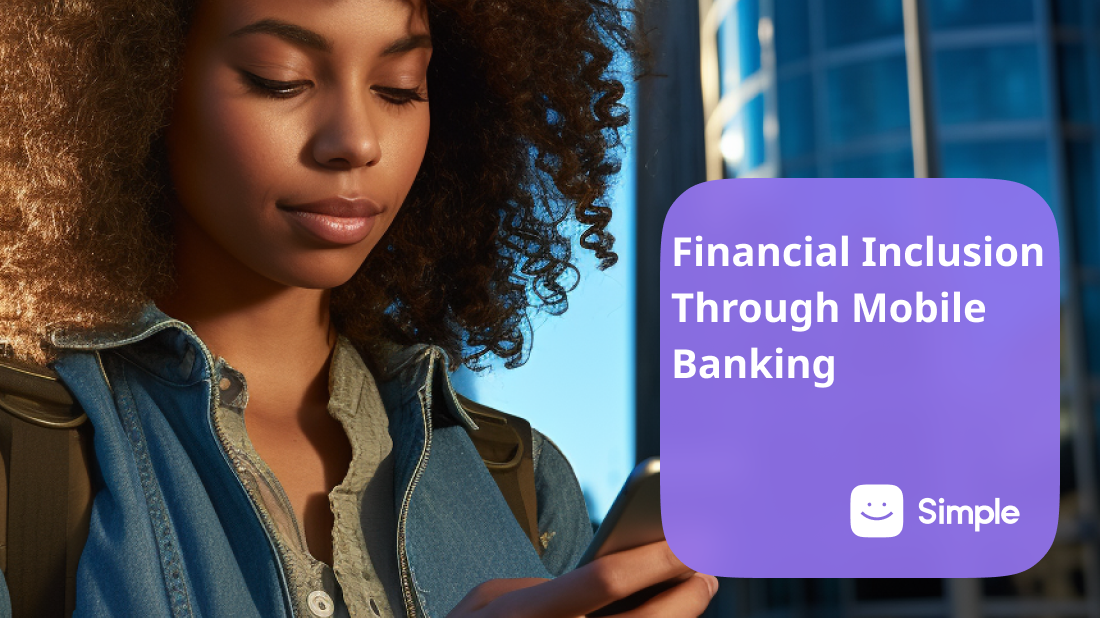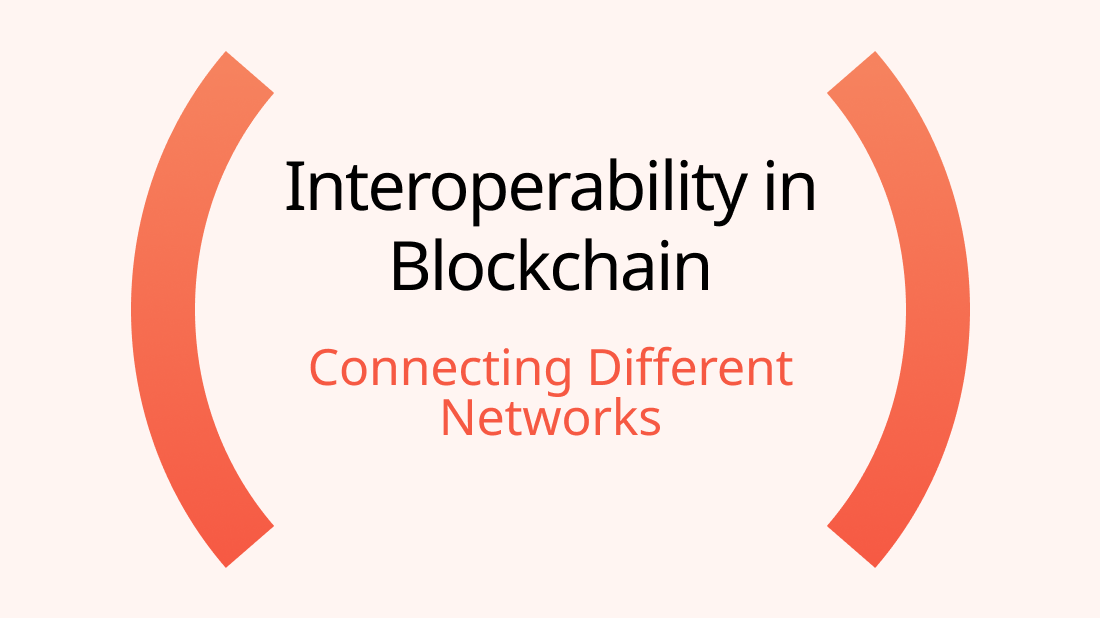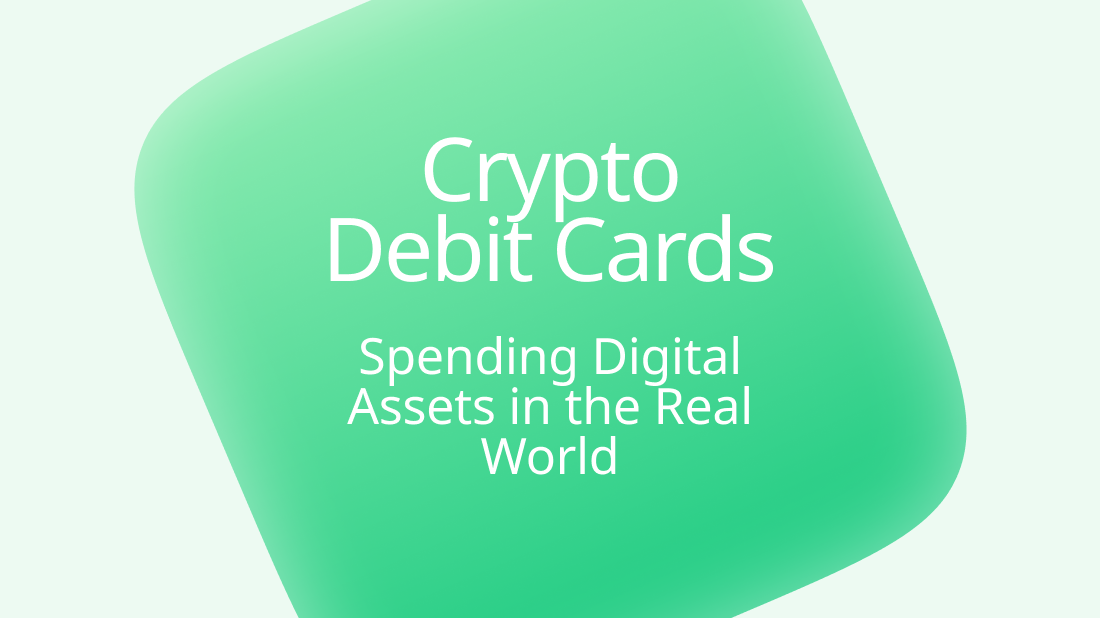Financial Inclusion Through Mobile Banking

In today's digital age, mobile banking is revolutionizing access to financial services, particularly for unbanked and underbanked populations. By leveraging the widespread use of smartphones, mobile banking apps are breaking down traditional barriers to financial inclusion, offering basic financial services to those who previously had limited or no access. This article explores the transformative role of mobile banking in driving financial inclusion, highlighting innovative mobile-first finance solutions and their impact on communities worldwide.
The Power of Mobile Banking
Expanding Access to Financial Services
Mobile banking refers to the use of smartphones and other mobile devices to access and manage financial services. These services include opening and managing bank accounts, transferring money, paying bills, and accessing credit. For millions of people in developing countries, where traditional banking infrastructure is often lacking, mobile banking offers a lifeline to essential financial services.
Financial Inclusion Apps
Financial inclusion apps are designed specifically to cater to the needs of unbanked and underbanked populations. These apps provide a range of services, from basic banking functions to more advanced financial products like microloans and insurance. By using mobile technology, these apps make it easier for individuals to participate in the financial system, regardless of their geographic location or socioeconomic status.
Key Benefits of Mobile Banking
Convenience and Accessibility
One of the primary advantages of mobile banking is its convenience. Users can access financial services anytime, anywhere, as long as they have a smartphone and an internet connection. This is particularly beneficial in rural and remote areas where traditional banks may be scarce or nonexistent. Mobile banking apps eliminate the need for physical branches, reducing the cost and time associated with accessing financial services.
Reducing Costs
Mobile banking significantly lowers the costs associated with traditional banking. For example, transaction fees for mobile money transfers are often much lower than those charged by banks or remittance services. This makes financial services more affordable for low-income individuals and helps to reduce the financial burden on families.
Promoting Savings and Investment
Mobile banking apps often come with features that encourage saving and investing. For instance, some apps offer automated savings plans, where small amounts of money are regularly transferred to a savings account. Other apps provide access to investment opportunities, allowing users to grow their wealth over time. These features help to build financial resilience and empower individuals to take control of their financial futures.
Challenges and Considerations
Digital Literacy
While mobile banking holds great promise, digital literacy remains a significant barrier. Many potential users may lack the skills or knowledge to navigate mobile banking apps effectively. To address this issue, financial inclusion initiatives must include educational components that teach users how to use mobile banking services safely and efficiently.
Security and Fraud Prevention
As with any digital service, mobile banking is vulnerable to security threats and fraud. Ensuring the safety of users' data and transactions is critical for maintaining trust and encouraging adoption. Mobile banking providers must implement robust security measures, such as encryption, two-factor authentication, and regular security audits, to protect their users.
Regulatory Environment
The regulatory environment can also impact the adoption and success of mobile banking services. Governments and regulatory bodies need to create frameworks that support innovation while protecting consumers. This includes developing regulations that facilitate the growth of mobile banking while ensuring compliance with anti-money laundering (AML) and know-your-customer (KYC) requirements.
The Future of Mobile Banking
Continued Growth and Innovation
The future of mobile banking looks promising, with continued growth and innovation on the horizon. As smartphone penetration increases globally, more people will gain access to mobile banking services. Additionally, advancements in technology, such as artificial intelligence and blockchain, will further enhance the capabilities and security of mobile banking apps.
Bridging the Gender Gap
Mobile banking also has the potential to bridge the gender gap in financial inclusion. Women in many parts of the world face greater barriers to accessing financial services. Mobile banking can help overcome these barriers by providing women with convenient and affordable access to financial products, empowering them to achieve greater economic independence and stability.
Conclusion
Mobile banking is playing a crucial role in driving financial inclusion, offering unbanked and underbanked populations access to essential financial services. By leveraging the power of smartphones and innovative mobile-first finance solutions, mobile banking apps are democratizing finance and empowering individuals to build better financial futures.
From pioneering platforms like M-Pesa to innovative apps like Tala and Branch, mobile banking is transforming the financial landscape and providing new opportunities for economic empowerment. As technology continues to evolve and digital literacy improves, mobile banking will remain a key tool in the quest for global financial inclusion, helping to create a more equitable and prosperous world for all.












